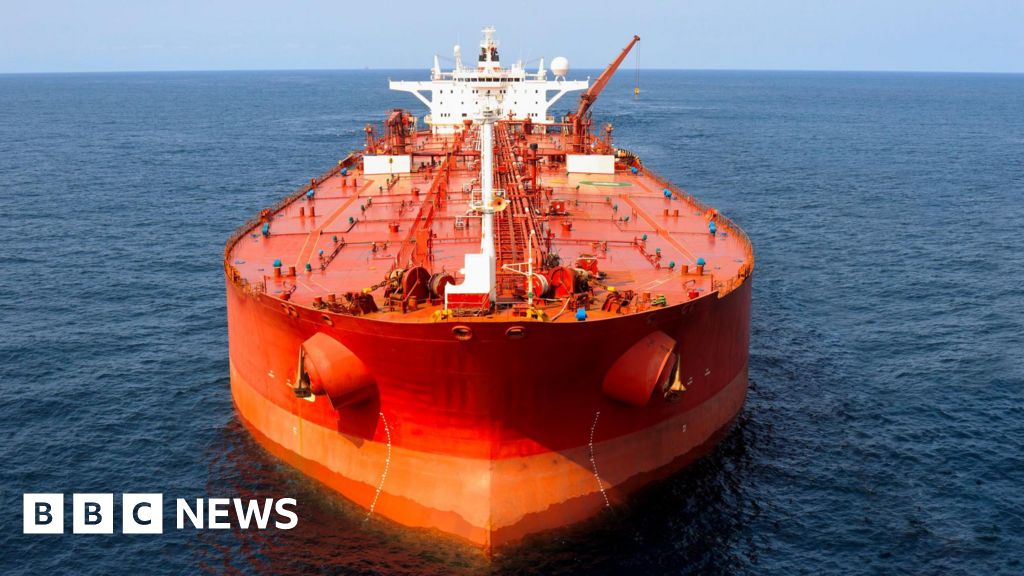
Oil prices around the world surged dramatically following Israel’s military strikes on Iran, marking a significant rise in geopolitical tensions in the Middle East.
The benchmark Brent crude price soared over 10% to hit its highest value since January, subsequently settling at $74.23 a barrel, which still reflects a more than 7% increase from the previous day’s close.
Market analysts are apprehensive that escalating conflict between Iran and Israel might threaten oil supplies from this crucial region, which could have a profound influence on global fuel prices and, by extension, the cost of living.
While oil prices receded slightly after their initial surge, they remain down more than 10% compared to the same period last year and are well below the peaks witnessed in early 2022, post-Russia’s invasion of Ukraine.
Simultaneously, stock markets across Asia and Europe experienced declines, with the Dow Jones falling 1.79% and the S&P 500 down 0.69%. In contrast, assets like gold gained traction as investors sought stability amid the instability, with gold prices climbing to $3,423.30 an ounce.
Experts have highlighted that if Iran’s oil facilities are targeted, prices could potentially rise to between $80-$100 per barrel. However, increased production from other oil producers could curtail this price spike.
Furthermore, any disruption in the Strait of Hormuz—a critical route for global oil transportation—could significantly impact the flow of oil, with ongoing conflict posing risks of wider warfare in the region. As the situation develops, market responses will pivot on potential escalations.
Source: www.bbc.com






